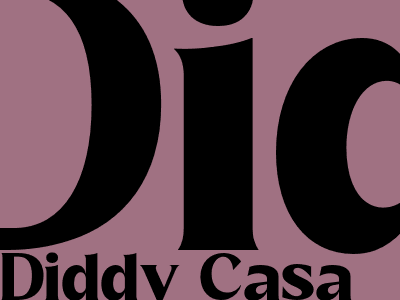
Comprehensive Guide to On-Page SEO
Overview
On-page SEO refers to the optimization of individual web pages to improve their ranking in search engine results. By optimizing various elements on a page, you can make it more relevant and accessible to both users and search engines.
This guide provides a comprehensive overview of on-page SEO, covering key elements such as content optimization, technical SEO, and mobile optimization. By following these best practices, you can enhance the visibility and credibility of your web pages, leading to increased traffic and conversions.
Content Optimization
Target Keywords
Identify relevant keywords that your target audience is searching for. Use keyword research tools to find keywords with high search volume and low competition.
Incorporate targeted keywords into your page's title, headings, and body copy, ensuring they appear naturally and contextually.
Original and Informative Content
Create high-quality, original content that provides value to your readers. Avoid duplicate content or AI-generated text.
Provide in-depth information, address user queries, and use clear and concise language.
Structured Content
Use headings (H1, H2, H3, etc.) to structure your content and make it easy to scan.
Format your text with paragraphs, lists, and bullet points to improve readability.
Image Optimization
Use relevant images to enhance your content, but optimize them for SEO.
Add descriptive alt tags to images, providing a brief description of their content.
Compress images to reduce page load time.
Technical SEO
Page Speed Optimization
Ensure your web pages load quickly, as slow loading times can negatively impact user experience and search rankings.
Use tools like Google PageSpeed Insights to identify and address page speed issues.
Mobile Optimization
Optimize your website for mobile devices, as a significant portion of search traffic now comes from smartphones.
Use responsive design to ensure your website adjusts to different screen sizes.
URL Structure
Use short, descriptive URLs that include targeted keywords.
Avoid using dynamic URLs or excessive parameters.
Overall Tips
User Experience
Prioritize user experience by ensuring your website is easy to navigate, visually appealing, and accessible.
Use analytics tools to track user behavior and identify areas for improvement.
Internal Linking
Create a well-structured internal linking system to help users and search engines discover your content.
Use relevant anchor text and link to high-quality pages on your website.
Backlinks
Acquire backlinks from reputable websites to improve your website's authority and credibility.
Focus on building natural links through valuable content and outreach.
Conclusion
On-page SEO is an essential component of any search engine optimization strategy. By optimizing your web pages according to best practices, you can improve their ranking, visibility, and credibility.
Remember to prioritize high-quality content, technical optimization, and user experience to achieve optimal results.